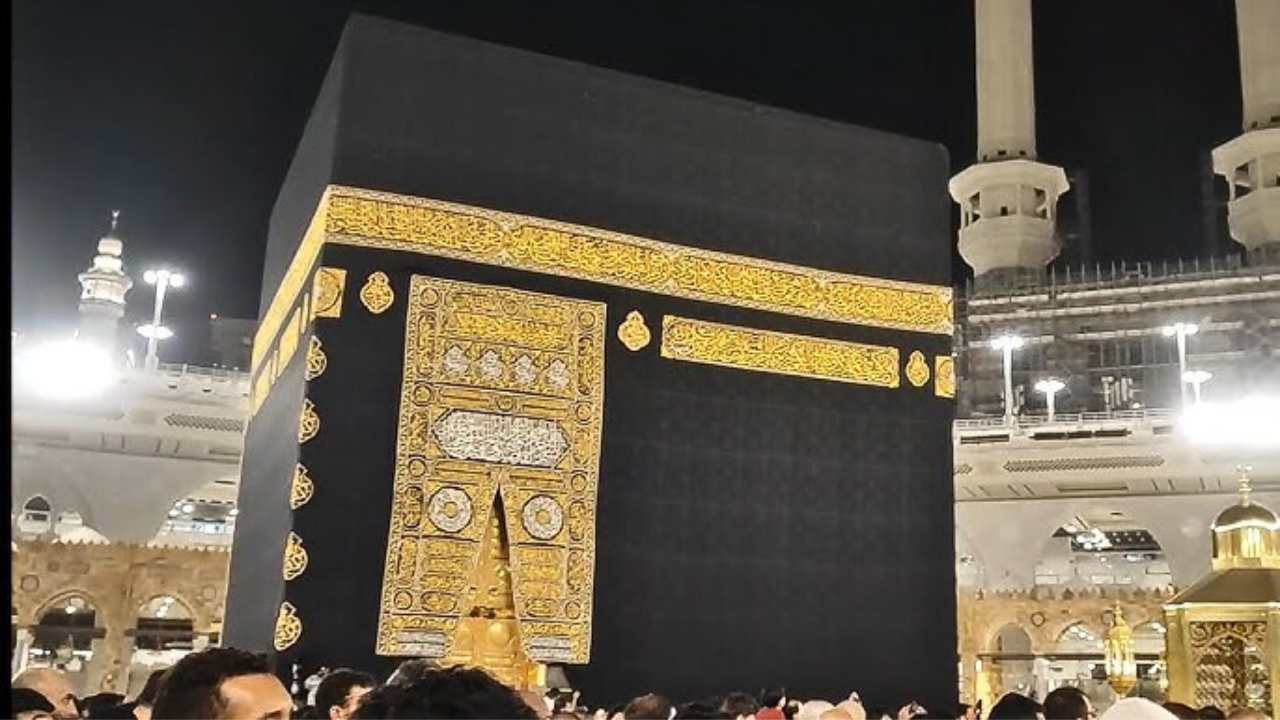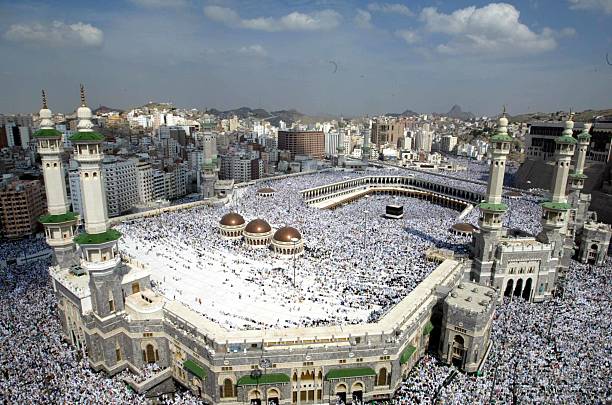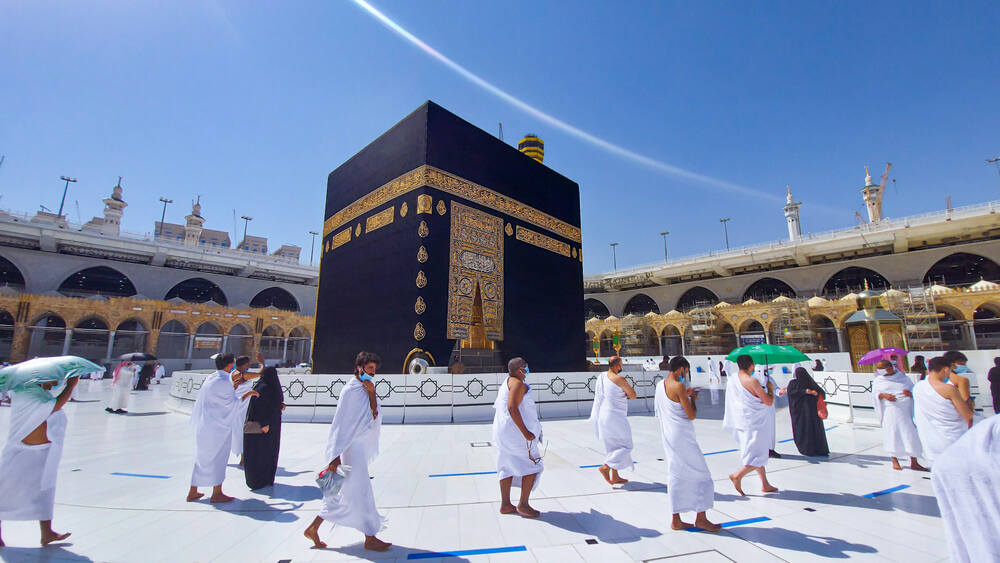Hijrah in Islam?
Hijrah in islam is the term used to describe the prophet muhammad (PBUH) and his followers' historical migration from makkah or Madinah in 622 CE. This occasion represents a major shift in Islamic history and is regarded as the start of Islamic calendar (Hijri calendar). Hijrah represents a voyage that involves not only physical relocation but also spiritual and societal change. At the beginning of Mohammad (SAW)'s propagation of Islam, his followers were limited to his inner circle of friends and family members. The majority of his fellow tribesmen, the Quraysh, were not bothered by his action since they were not interested in religious gatherings. In the early stages of Islam, followers of the religion endured harsh persecution in Makkah. The leader of the city, mostly followers of multiple gods, saw the emergence of Islam as a challenge to their authority both in religious and political matters. The prophet Muhammad and his companions faced persecution, financial boycotts, and even physical harm. In spite of these difficulties, the Muslim population in Makkah kept increasing in both power and size.
Importance of 622 CE Hijrah for Islam
At that time, hijrah occurred in 622 CE as a result of increasing persecution experienced by the early Muslim society in Makkah. In the face of opposition and danger, Prophet Muhammad (peace be upon him) continued to be dedicated to his mission of spreading the teaching of Islam.But as things got worse, the Prophet got an invitation from the Yathribites, who would later become known as Medina. They promised to back him and his message, providing a secure setting for the Muslim community to flourish. This event is mentioned in surah Al-Anfal in Quran: “And (remember) when those who disbelieved schemed against you to take you captive, or kill you, or evict you (from Madinah). But they schemed but Allah did also schemed. And ### Allah is the best of those who scheme.” (Quran 8:30) In May 622, following two meetings with the Madinan Tribes of Aws and Khazraj at al-Aqabah near Mina, Muhammad (SAW) clandestinely departed from Makkah to relocate to their city with his friends, father in law, and companion Abu Bakr with the guidance of Allah. They sought sanctuary in the cave of Thawr to escape from those chasing them, a specific incident referenced in the Quran.
“If you will not aid him, Allah certainly aided him when those who disbelieved expelled him, he being the second of the two, when they were both in the cave, when he said to his companion: grieve not, surely Allah is with us.” (Quran 9:40)
After reaching Medina, the Muslim community received a warm reception, signaling the beginning of a new chapter for Islam. Muhammad (SAW) engaged in talks with the local clans to draft the constitution of Madinah, marking the official formation of the Muslim community as a sociopolitical entity. The date marks the beginning of the Muslim Era. Muhammad (SAW) personally indicated the dates of his letters, agreements, and announcements based on other significant events in his life. 'Umar I, the second caliph, established the hijrah era in 639 CE, starting from the first day of Muharram lunar month, equivalent to July 16, 622 on the Julian calendar.
Concept of Hijrah in Islam
The concept of hijrah in Islam has been used to describe the migrations of believers to Abyssinia (now Ethiopia) and Muhammad (SAW)'s followers to Madinah prior to the conquest of Makkah in 630. Migrants who later left lands under Christian rule were also referred to as Muhajirun (emigrants). The Kharijites, Muslims who backed out of the arbitration talks about Prophet Ali's right to the caliphate in 657 CE, labeled those who sided with them. The esteemed muhajirun, highly regarded as the companions of the prophet Muhammad (SAW), are individuals who migrated to Madinah with Muhammad (SAW). They are commended in the Quran for their prompt acceptance of Islam (sabiqah) and for the challenges they faced in the Makkah, leading to their relocation to Madinah. The Quran portrays the muhajirun as having a superior position in the eyes of God (9:20) and mentions,
“As for those who emigrated for the sake of God after having been persecuted, we will provide them with a fine abode in this life; yet better still is the reward of the life to come, if they knew it.” (16:41).
The hijrah sparked hope in the early muslims' hearts and served as a model for all generations of muslims to follow.
What Quran Says About Hijrah?
According to the Quran, God declares: "those who believe, and have emigrated, and have struggled in the way of God with their possessions and their lives are greater in degree with god; and those, they are the triumphant. their lord gives them good tidings of mercy from him and beatitude; for them shall be gardens wherein is enduring bliss, therein they shall abide forever. surely with god is a tremendous reward." (Al-Tawbah 9:20-2) The importance of hijrah, prophet muhammad's migration from makkah to Madinah in 622 CE, extends beyond islamic history and the muslim community. The hijrah significantly altered the Arab Peninsula, influencing global civilizations socially and politically. Hijrah in Islam is considered one of the most crucial events in Islamic history. the reason why Caliph Omar chose the hijrah date for year calculations. Muslims selected hijrah as the central reference point for their historical timeline. **Physically, hijrah was a 200 mile journey between two cities, but it symbolized the start of an era, Civilization, culture, and history for all of humanity. Islam advanced not just through the physical hijrah, but also because Muslims treated hijrah with importance in all its aspects and dimensions. **





